
| Recorded by: Mark Basinger on 2025-11-27
Brunswick Co.
Comment: | 
| Recorded by: Mark Basinger on 2025-11-27
Brunswick Co.
Comment: |
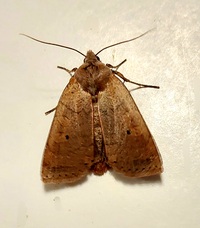
| Recorded by: Mark Basinger on 2025-11-26
Brunswick Co.
Comment: | 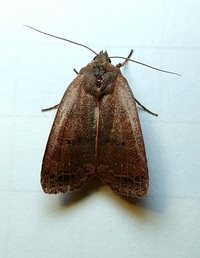
| Recorded by: Mark Basinger on 2025-11-15
Brunswick Co.
Comment: |

| Recorded by: Mark Basinger on 2025-11-08
Brunswick Co.
Comment: | 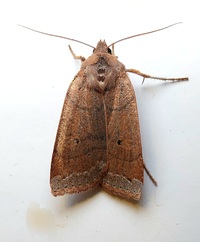
| Recorded by: Mark Basinger on 2025-11-08
Brunswick Co.
Comment: |
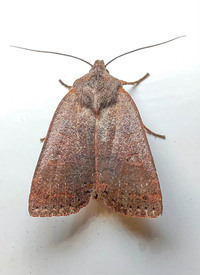
| Recorded by: Mark Basinger on 2025-11-08
Brunswick Co.
Comment: That gray-brown thick ST band is not present on some individuals. | 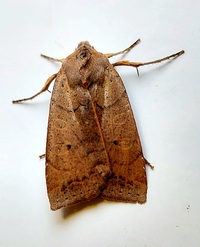
| Recorded by: Mark Basinger on 2025-11-07
Brunswick Co.
Comment: |

| Recorded by: R. Newman on 2021-12-13
Carteret Co.
Comment: | 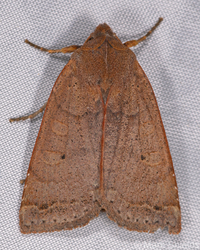
| Recorded by: Mark Shields on 2020-11-09
Onslow Co.
Comment: |
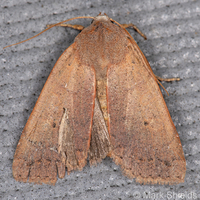
| Recorded by: Mark Shields on 2020-01-02
Onslow Co.
Comment: | 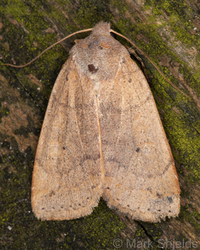
| Recorded by: Mark Shields on 2019-12-26
Onslow Co.
Comment: |

| Recorded by: Mark Shields on 2019-12-16
Onslow Co.
Comment: | 
| Recorded by: Mark Shields on 2019-11-30
Onslow Co.
Comment: |
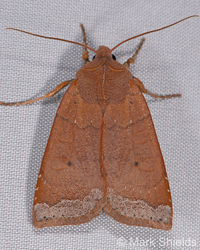
| Recorded by: Mark Shields on 2019-11-22
Onslow Co.
Comment: | 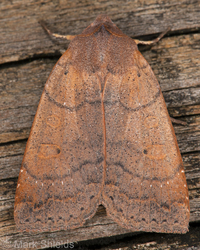
| Recorded by: Mark Shields on 2019-11-20
Onslow Co.
Comment: |
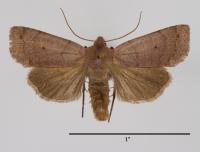
| Recorded by: SPH on 1993-10-18
Dare Co.
Comment: Determined by D.F. Schweitzer. Wingspan = 3.8cm; forewing length=1.8cm. | 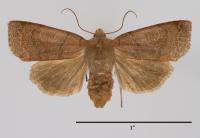
| Recorded by: SPH on 1993-10-16
Washington Co.
Comment: Determined by D.F. Schweitzer. Wingspan = 4.0cm; forewing length=1.8cm. |
|

 »
»
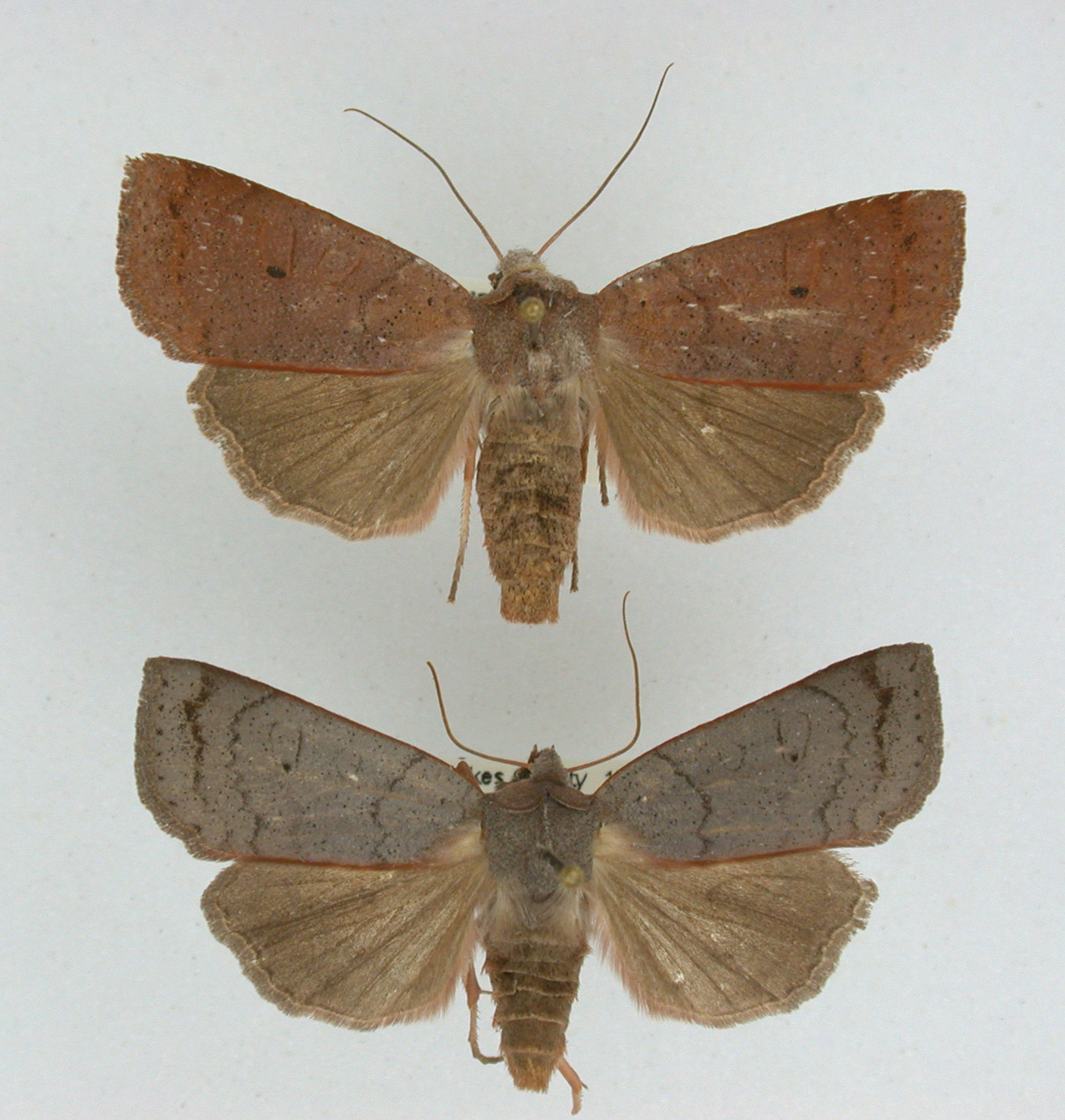


 »
»

